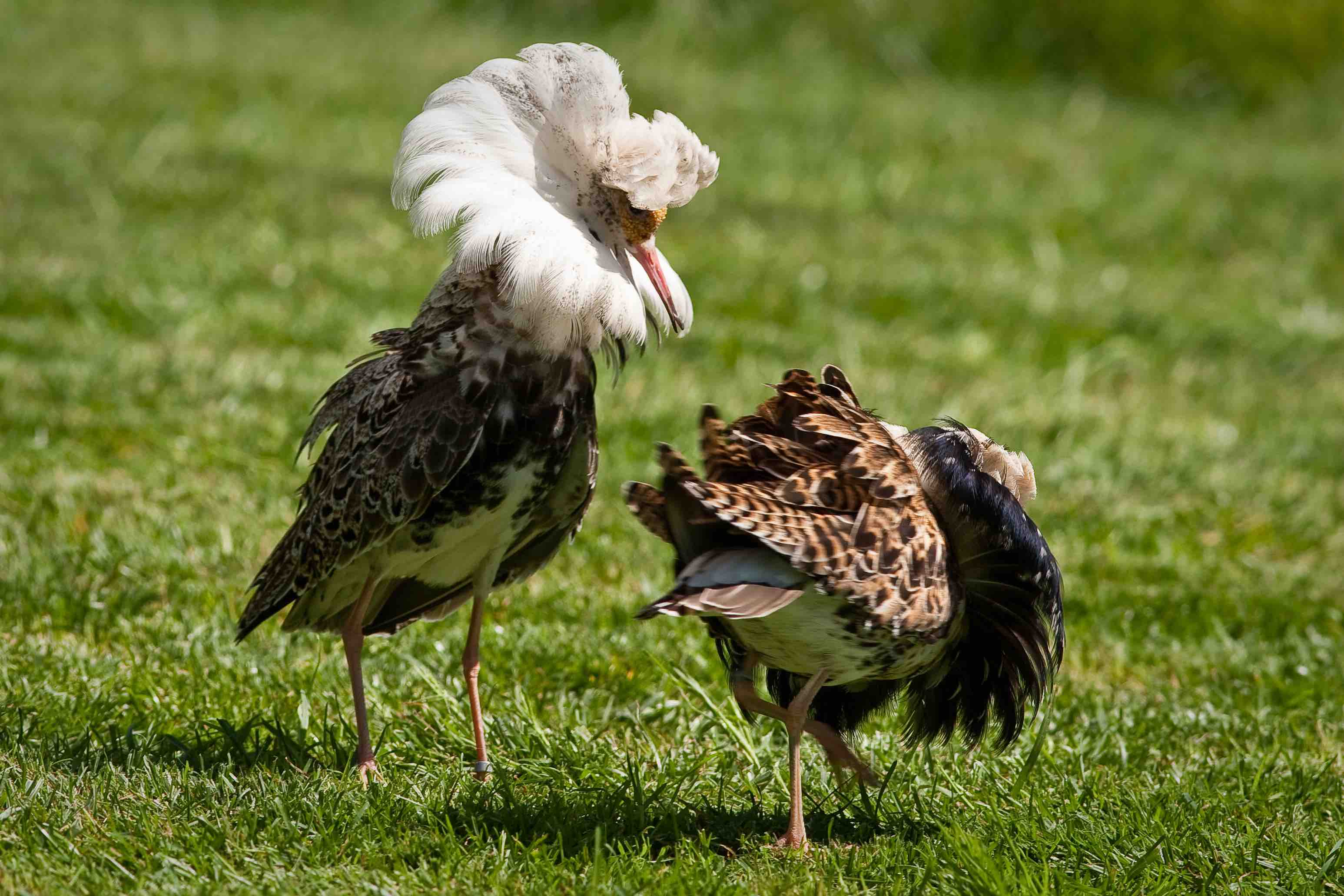
On Tuesday 15 February, Nicola Sturgeon announced her resignation as First Minister of Scotland. Coverage strongly suggests that it was her attempts to push through legislation allowing transexual people to change their legal gender without a medical diagnosis that propelled this, especially after a double rapist, and self-assigned transgender woman, was remanded in a female prison.
Early that morning, a neighbour invited me for an early coffee. As we sipped her wondrous brew, the fluttering of wings filled the time as birds swooped down to the feeding tray hanging from the lustrous evergreen. We counted nineteen species and I returned home, heavy with a book I never imagined would excite my imagination: Karel Šťastný’s classic, Birds of Britain and Europe (1990).
How wrong I was. Concealed amongst a plethora of detail was an extraordinary fact: the business of nest-building was left primarily to the female bird, with fourteen of the nineteen species, so 74%, leaving the task to the female. Only five of the species shared the task between males and females and just one left it entirely to the male.
The female bird: shedding light on gender and biology
Why does this matter? The facts show a consistent division of labour within the avian kingdom, with no suggestion that male and female genders, are interchangeable.
Now, it just so happens that the female birds’ responsibility for nest-building parallels the responsibility that women had for creating dwellings in ancient cultures. I wrote about this in 2013 in my book Why Men Like Straight Lines and Women like Polka Dots, showing how the homes in many cultures (the nomads of central Asia, the Omaha Native Americans, the Seri of California and the inhabitants of the Andaman Islands) were designed and constructed by women. I wrote then that the female-designed buildings across many ancient peoples were characterised by ‘shapes that are round and materials that are soft and natural’—features that mirror the characteristics of nests constructed by female rather than nests in whose design male birds play a part.
The parallels do not step there. According to Šťastný, the female goldfinch ensures that the nest blends perfectly with its surroundings; this matches a feature of the human female known to psychologists as ‘field dependency’. The term refers to the extent to which a stimulus is or is not perceived independently of its surroundings, with girls/women less likely to detach stimuli from their surroundings than boys/men are. This may be hardwired in women from their involvement in creating human dwellings that blend in with their surroundings, leaving men with greater ‘field independence’ and a liking for constructions like the Golden Gate Bridge in San Francisco that reveals a strident contrast between the red of the bridge and the blue of the waters below. Significantly, it was built by an all-male team.
Space
And then there is space. Men in hunter-gatherer times were, like male birds, the hunters and their eyes evolved to sit 5 mm further apart than women’s eyes, which assists with targeting accuracy. What is more, a significantly higher proportion of men (8%) than women (1%) are colour-blind, a feature that allows them see past camouflage and helps distinguish prey from their surroundings.
Colour
Remarkably, there is also the issue of colour. In the human realm, up to 50% of women may have a fourth colour pigment, which allows them to see hundreds of millions more colours than men, and this female penchant for colour may be mirrored in the bird kingdom too. For colour differences in birds’ plumage—a phenomenon known as ‘sexual dichromatism’—is very possibly a consequence of the female bird’s preference for bright colours.
Just think of the dazzling plumage of the peacock as against the drab look of the peahen. Some say that the colourful male plumage is a display of male courage (since the peacock is not concealing his presence), but an additional explanation is that the colours and the amount of detail in the plumage are designed to have maximum appeal to the colour-savvy peahen. It is extraordinary to see girls’/women’s interest in colour, a major focus in my own research, mirrored in the preferences of the peahen.
Restoring sanity
It seems that we must abandon the notion that males and females are interchangeable, whether our focus is birds or humans. Indeed, female mimicry, in which male birds look like females throughout life, is extraordinarily rare and there is only one case that has been studied, that of the ruff (Philomachus pugnax), a shorebird in which some males engage in female behaviour in order to obtain sexual favours sneakily. The phenomenon has always been rare in humankind too, with statistics showing it to be as low as 0.3 – 0.5% of the population.
Yes, society must tolerate the diversity in its midst—but Nicola Sturgeon’s resignation suggests that her attempts to facilitate changes in people’s legal gender proved a step too far. Ironically, it was concern that a trans woman in a female prison might lead to rape, the kind of behaviour associated with Philomachus pugnax, that led to her to offer her departure from Bute House.

